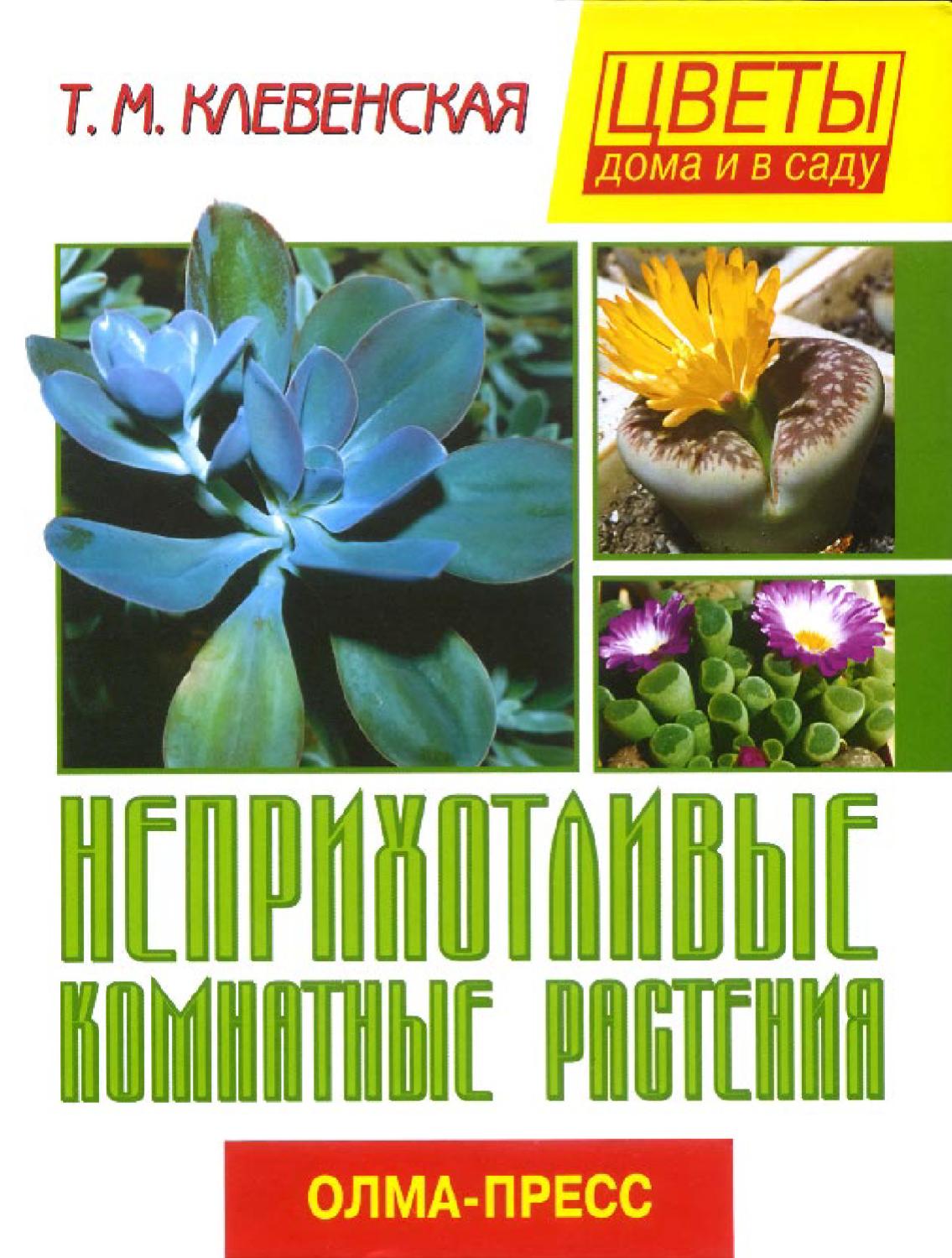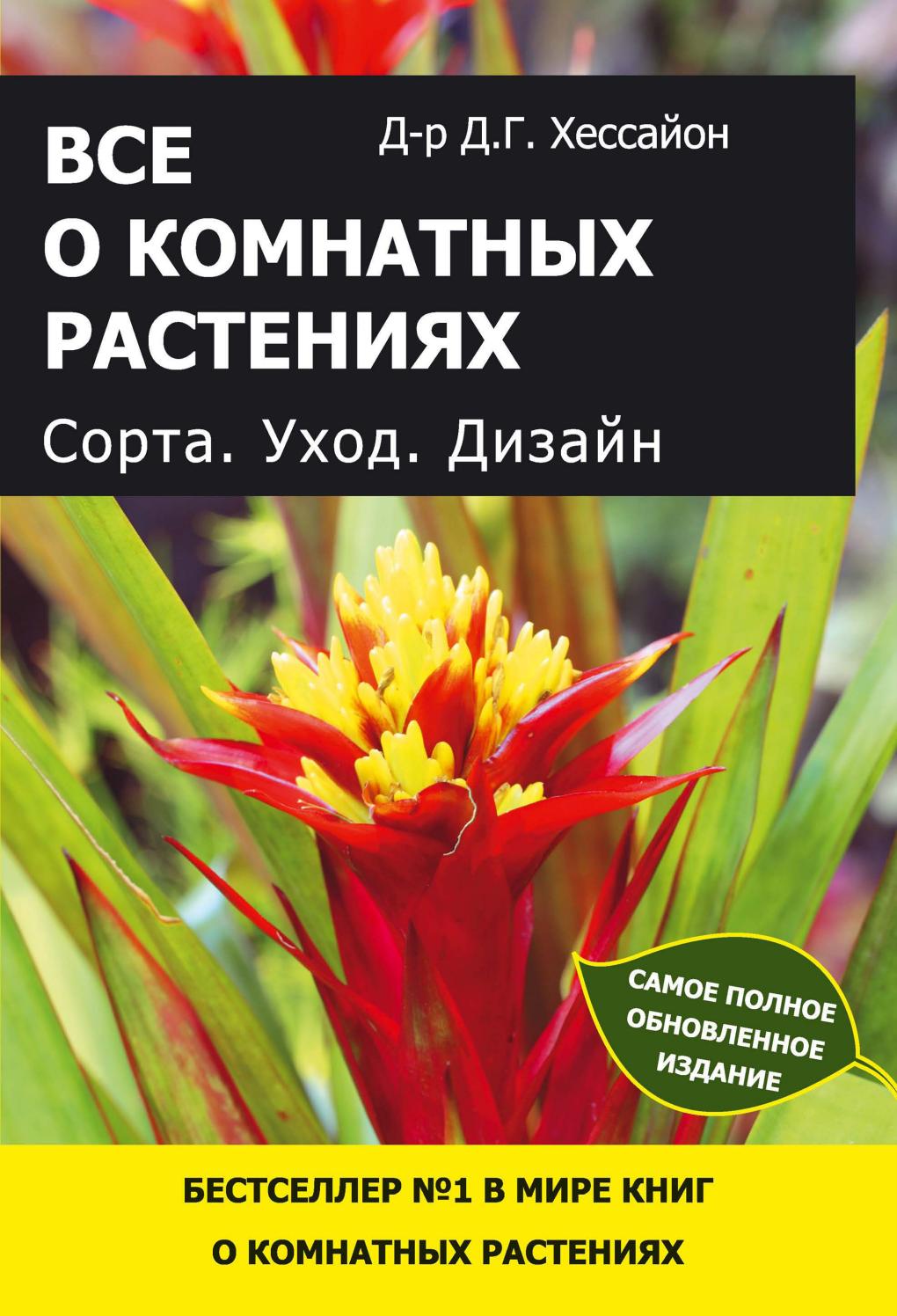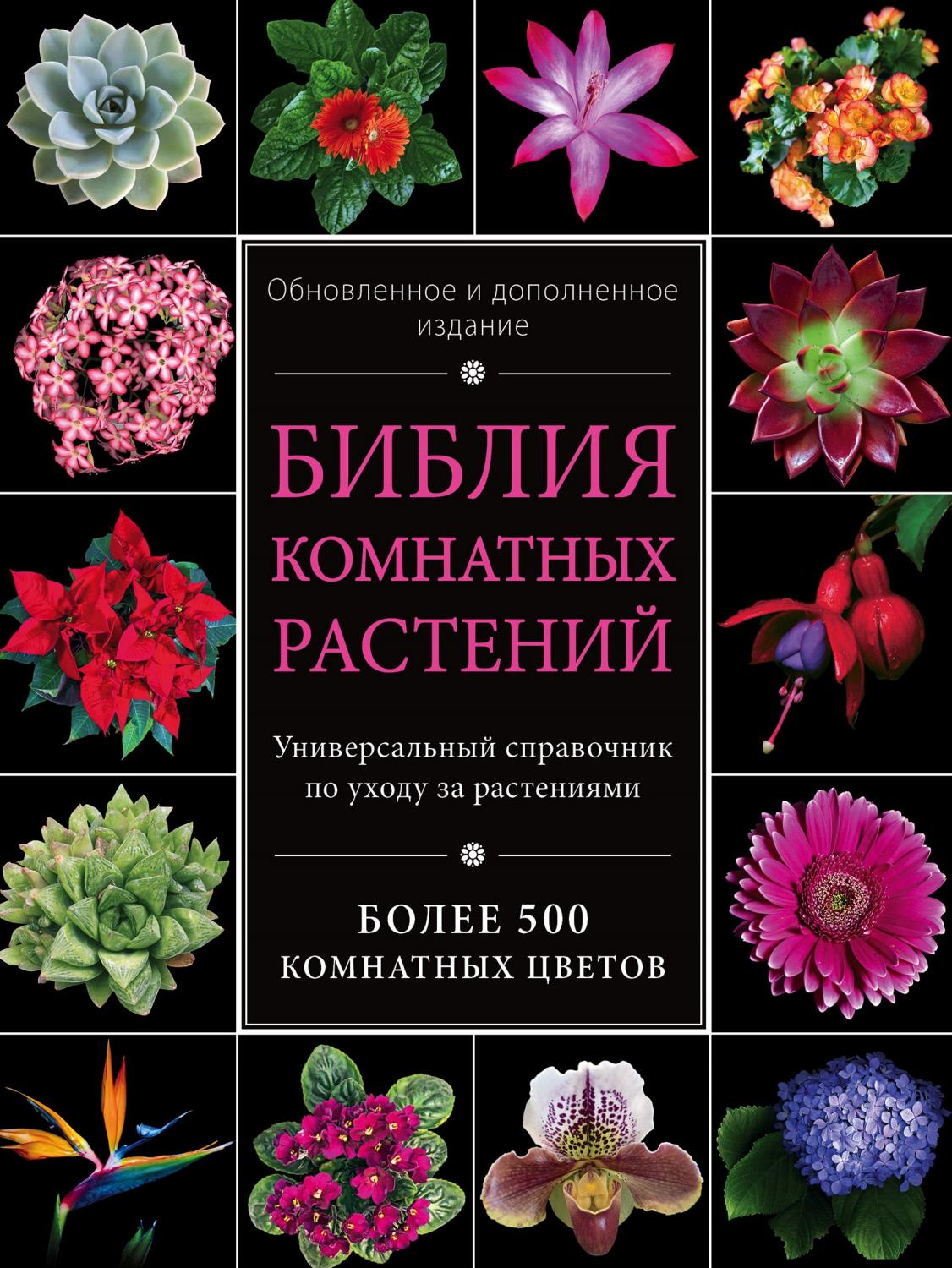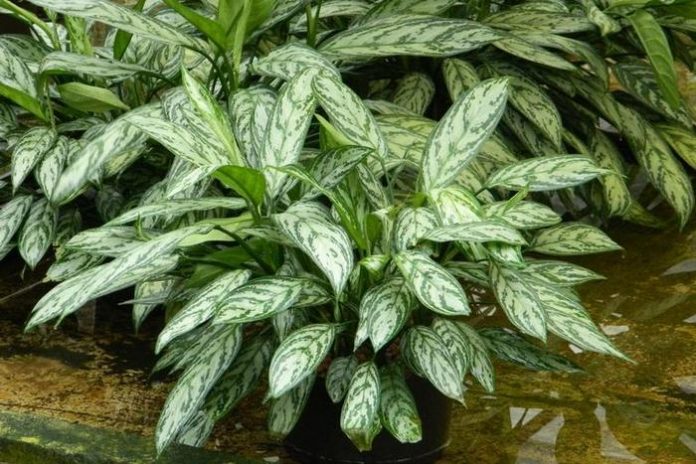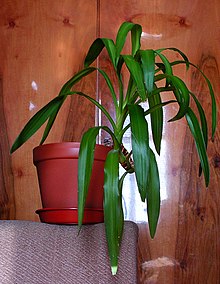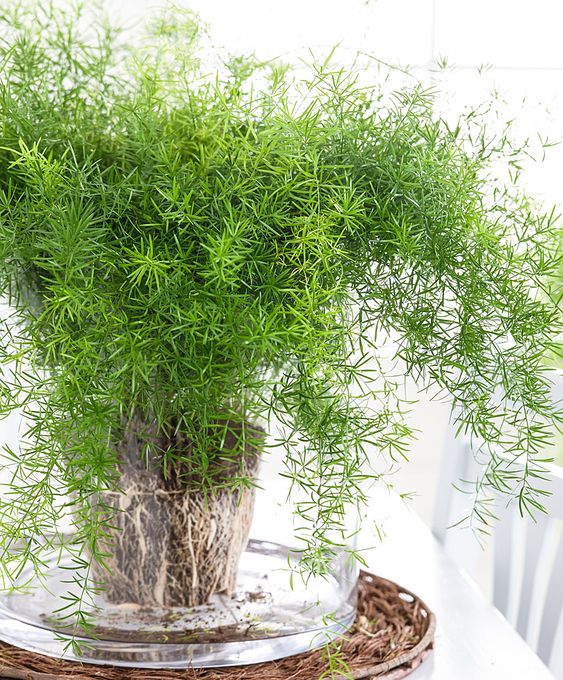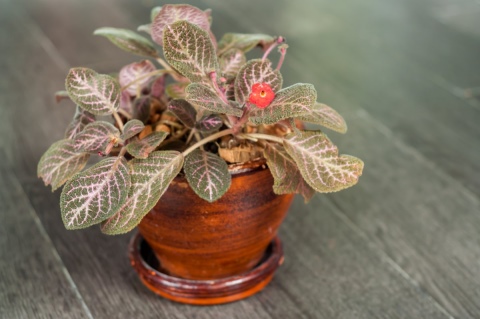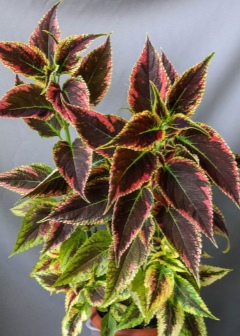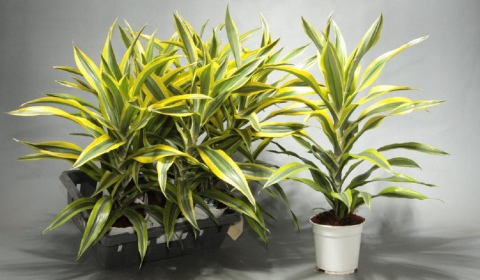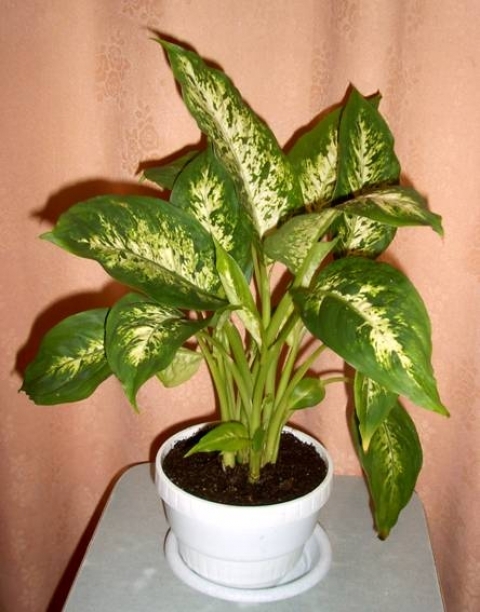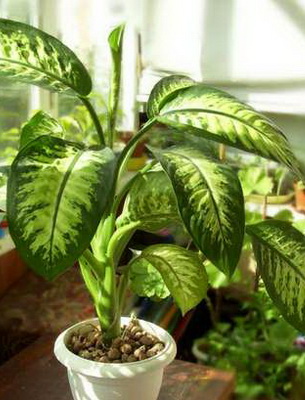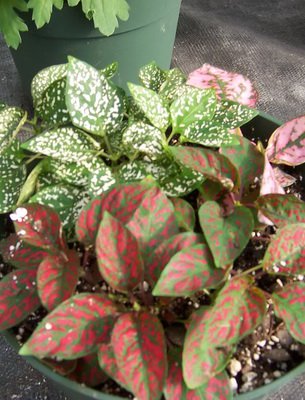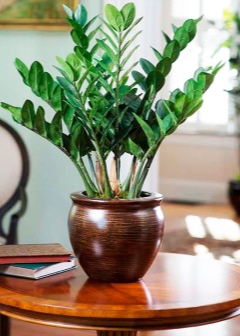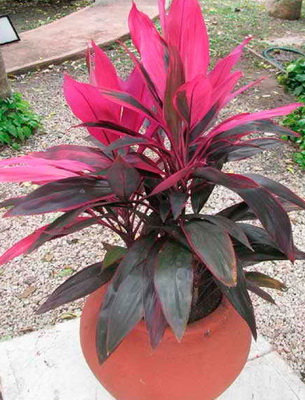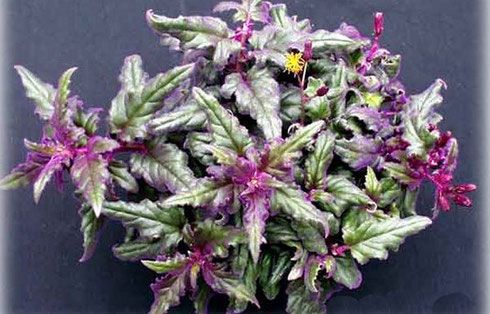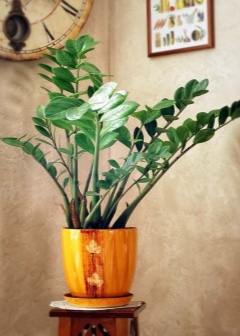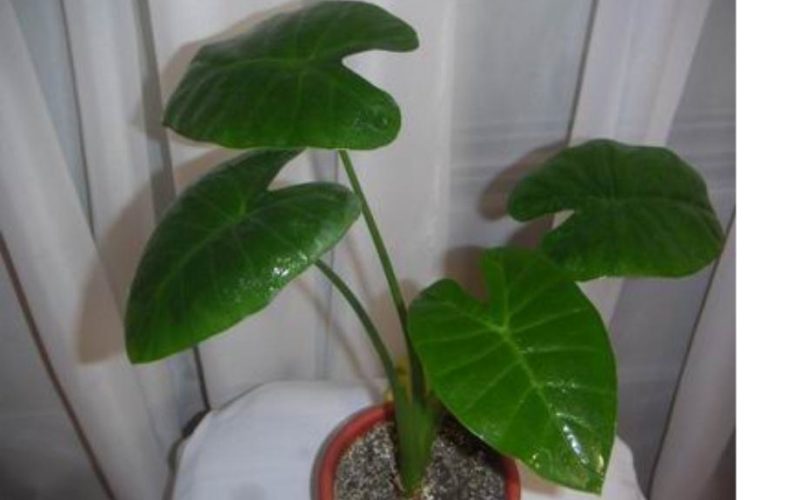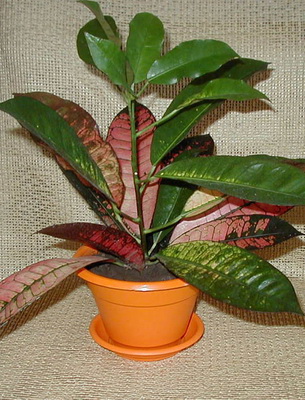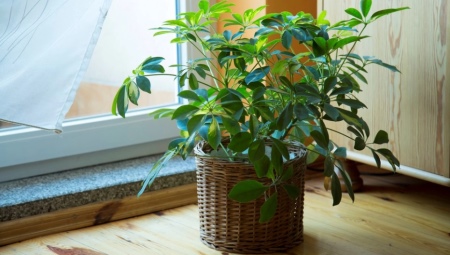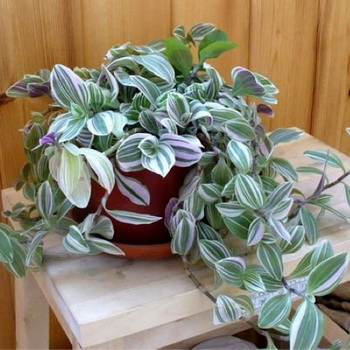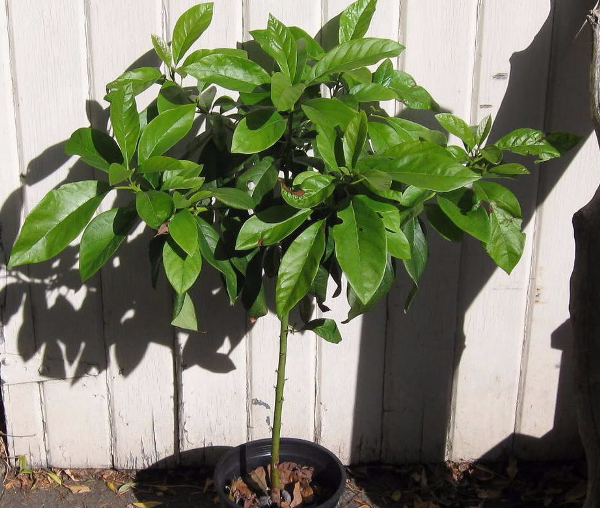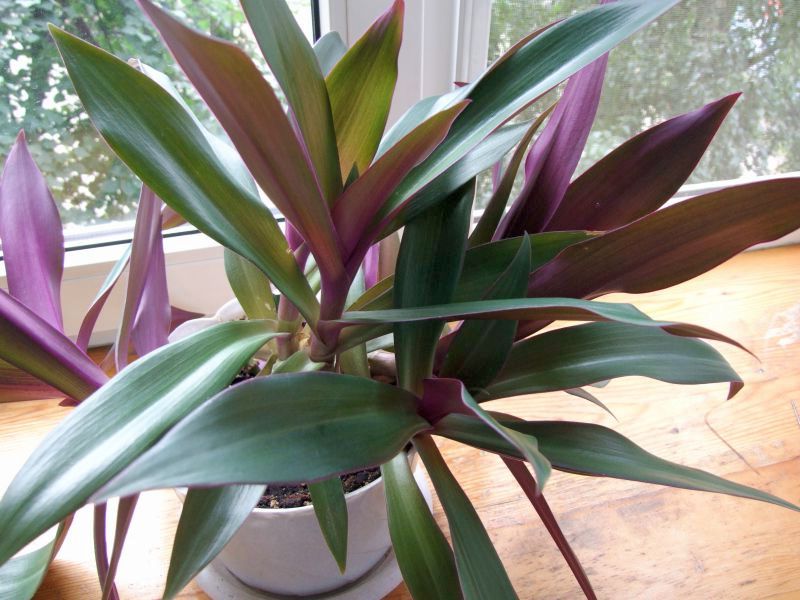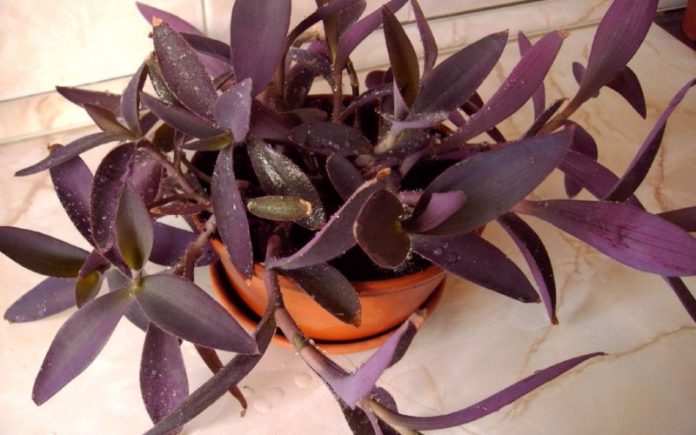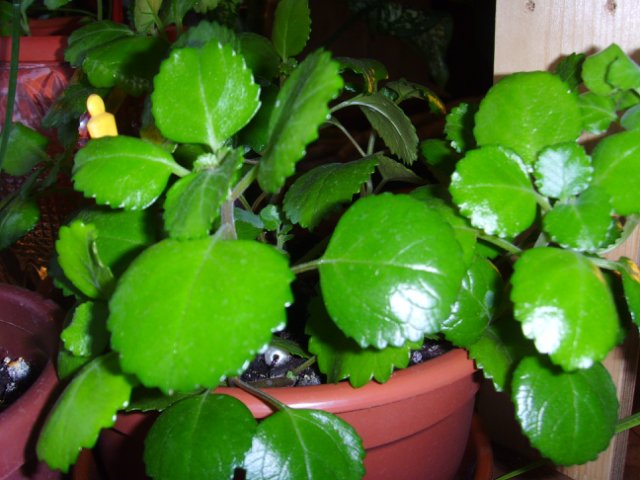Ornamental deciduous plants
This is the largest group of indoor plants. It unites more than one hundred and fifty types of flowers. Their main feature is beautiful, decorative leaves. They can be of different shades of green, or they can have an unusual color. And green leaves are also often not monochromatic, but with stripes or spots of different shades of white, yellow, purple.
Leaves of decorative deciduous flowers come in a variety of colors: red, purple, yellow. Some may change color depending on the season or light conditions.
Decorative foliage is an excellent interior decoration. For example, I like these flowers more than others. Among the decorative deciduous there are specimens that can compete with decorative blooming ones. After all, the leaves can be very unusual in shape: dissected, lobed, serrated, oval, linear. The jagged or wavy edges of the leaflets are also one of the hallmarks of these flowers.
They usually have small flowers that appear 1-2 times a year and are not particularly decorative.
It is these flowers that easily take root in almost any apartment conditions. They are not as demanding on a certain level of lighting as beautifully flowering (decorative-flowering). True, some specimens can change the color of the leaves, depending on where they are located - in the sun or in the shade. But the flowers of this group are quite demanding for proper watering and air temperature. They can also lose their decorative effect due to lack of nutrients. For many, the tips of the leaves dry out and darken.
In this group, plants can be further divided into subgroups: trees, false palms, bushy plants, lianas, ampelous, ground cover, flowers with spear-shaped leaves and flowers with grass-like leaves, as well as carnivorous plants.
Among the prominent representatives of decorative flowering plants: ficus, dieffenbachia, bamboo, fern, arrowroot, palm, philodendron.
Names and short descriptions of indoor flowers with long narrow leaves
There are many domestic plants with long narrow leaves. Many of them are found in apartments and houses, they are quite popular and famous. Such crops include:
- Dracaena. The most popular indoor palm. This plant is suitable for any home, not too demanding for maintenance. Does not like stagnant water, direct sunlight, drafts. Regular pruning is required for rejuvenation and better plant development.
- Yucca. It also belongs to the palm species, similar to dracaena, but has wider leaves without veins. The indoor flower is distinguished by its special endurance, therefore it easily endures various adversities. It is worth remembering that yucca can grow up to 2 meters even at home.
- Chlorophytum. Many people remember this plant from school times. Due to its unpretentiousness, it can grow in almost any conditions. There must be drainage in the pot, you should not flood the flower, however, he also does not like drought. Dried leaves must be removed in order to preserve decorativeness. Chlorophytum can be propagated by shoots that appear on the plant after a while.
- "Mother-in-law's language". The plant does not require special care, it is necessary to provide a sunny place, although the flower will develop normally in the shade. Abundant watering is best avoided in order to prevent decay of the root system.
- Nolina or bokarney. The flower is well suited for growing at home due to its low demand. To maintain normal development, overflows are avoided, dry thin leaves are periodically removed, and dried tips are cut off.In winter, leave at a temperature of at least 10 degrees in a room with dry and cool air. Nolina does not like movement and drafts.

Dracaena is a very popular palm tree
These are the most popular plants with narrow leaves, which are most often found in apartments and houses.
What to choose?
For those who are primarily interested in the decorative qualities of the plant, you can choose the following varieties:
- dieffenbachia spotted;
- pedilanthus titimaloid;
- Afelandra;
- Japanese indoor euonymus;
- tradescantia.
For those who want to improve the microclimate in the room, the following are suitable:
- ficus Starlight;
- chlorophytum;
- sansevieria;
- begonia (Moning Day variety);
- dieffenbachia.
All of the above houseplants have a common feature - this is the white-green color of the foliage. Also, when choosing, you should take into account the location of windows in an apartment or house.
In order for the plant to develop well, it is important to provide comfortable conditions for it. So, if the windows of your apartment face north, choose shade-loving flowers and vice versa.
When choosing an indoor flower, pay attention to its condition. You should not purchase a plant if it has the following characteristics:
- colorless or yellowed leaves;
- leaves twisted into a tube;
- white or black bloom on any part of the flower;
- midges or small insects in the ground;
- withered look.
Care rules
Decorative deciduous houseplants require careful attention to themselves. If everything is done correctly, they will decorate the room for a long time.
Water procedures
Any plant needs water. And if in the wild many species can get by with moisture extracted from the depths, then this option is unacceptable for a pot culture. It is necessary to carefully understand how a particular species is drought tolerant. The most delicate crops need extremely regular care. The slightest unreasonable deviation from the schedule is categorically unacceptable.
But this does not mean that you can over-water the plants. The intensity of irrigation depends on both the season and the actual temperature.
Important: in addition to the formal schedule, you need to take into account the actual moisture of the earth's surface. When it dries, you can water immediately, but not earlier.
Spraying
But one must also take into account the need to use spray guns. This procedure simulates rainfall and thus brings the conditions of detention closer to the natural rate. You will definitely have to spray:
- all plants imported from tropical and subtropical regions, from the equator and from the subequatorial belt;
- all crops with fleshy leaves of a rich green tone;
- conifers (regardless of the region of origin).
It should be remembered that spraying is strictly prohibited for:
- crops with thin, almost transparent leaves;
- plants with pubescent or velvety leaves;
- lacy, scalloped foliage.
Attention: if a decorative leafy culture has bloomed, it is advisable to cover the petals and buds for a while. Spraying these parts is absolutely unacceptable.
Spraying in the dark is also unacceptable, because then water will not be able to participate in the process of photosynthesis. Fine water spray is contraindicated for any plants. Very small droplets will simply drain to the roots, and there will be no result from such a procedure.
If the ornamental crop stands in a place directly illuminated by the sun, it must be rearranged in the shade during spraying. The container is returned back only after the surface of the leaves and trunk has dried. When the cold season comes, you cannot keep the sprayed plant on the windowsill.
Stable warmth is very important for him at this moment. No matter how much time it takes to work, you cannot stop: you need to ensure that water begins to drip from the leaves
Leaf glitter
Luscious, shiny foliage is a sure indicator of healthy indoor plantings. And this property does not depend on moisture alone. Of course, proper watering is very important.However, neither he, nor even rinsing the foliage with water from a spray bottle, removing dust, does not solve all the problems. Advertising actively promotes all kinds of decorative means.
Some growers thoughtlessly grab onto them, not even trying to understand what kind of drugs they are using, and how good the effect will be. Many decorative foliage plants do not require polishing in principle. They should look perfect without her. Polishing is required, for example, croton, ficus, monstera, aspidistra.
Coleus Blume - indoor flower with variegated leaves
Coleus combine decorativeness, beauty, rapid growth, endurance and ease of care, as well as the ability to grow them both at home and outdoors.
Description of species and varieties, photos, caring for coleus without any intricacies.
The variegated color pushed breeders to develop new varieties. The hybrid Coleus Bluma (C. hybrida) with its many decorative forms and varieties has received special recognition.
Brightly colored or monochromatic, burgundy, brown, light (each time new color combinations) with a barely noticeable green edging become the best memory of the rainbow colors of summer.
The name of the genus "Coleus" comes from the Greek "koleos" - "case", popularly nicknamed - "nettles". Photo of Coleus flowers ...
Indoor flowers with decorative leaves (names and photos)
The following are a variety of flowers with decorative leaves and excellent aesthetic properties. There is plenty to choose from among cultures for your floristic compositions.

Aeonium
with rosettes of fleshy leaves look very attractive. Depending on the species, leaf rosettes are located directly on the ground (Aeonium tabuliforme) and on a more or less high trunk (Aeonium arboreum, A. canariense, A. haworthii). The color of the leaves and their shape also vary depending on the species and cultivar.
Check out these flowers with decorative leaves in the photo, which shows the different stages of plant development:


Family. Crassuiaceae (Crassula).
Homeland. Canary Islands, Morocco.
Location. Sunny, a lot of light. The south window is perfect.
Temperature. Tolerates high room temperatures, but not lower than 10 ° C.
Air humidity. Does not matter.
Substrate. 1/3 each flower soil mixture, loam and sand or perlite.
Watering. Only to maintain constant moisture in the earthen coma. During the rest period, very little.
Top dressing. Fertilize the cacti every 2 weeks.
Transfer. Every 2 years.
Reproduction. Apical or leafy cuttings.
Pests, diseases. Rarely.
Important! Aeonium tabuliforme dies off after flowering. Make sure that the leaves do not dry out from lack of moisture, otherwise the plant will die.
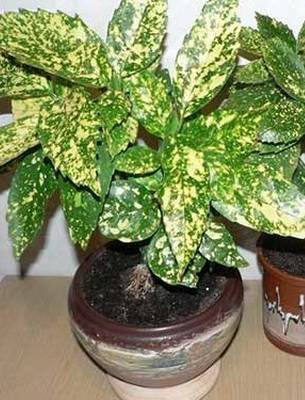
Japanese aucuba (golden tree) Aucuba japonica
Only Aucuba japonica is suitable for the room, a shrub up to 2 m in height with oval large leathery leaves, which are distinguished by golden blotches in Aucuba japonica 'Variegata', in Aucuba japonica 'Crotonifolia' half green and yellow, and in 'Goldieana' - yellow in middle.
Family. Cogpaseae (Cornelian).
Homeland. Japan, Korea. Location Bright.
Temperature. Not higher than 24 ° C.
Air humidity. In warm rooms, sensitive to dry air.
Substrate. Flower soil mixture.
Watering. Abundant.
Top dressing. Every 4 weeks. Do not fertilize during cool wintering.
Transfer. If necessary, mature plants are rare.
Reproduction. Apical cuttings in spring.
Pests, diseases. Shields.
Important! In summer, place outdoors in partial shade. If the plant has become too large, it can be transplanted into a tub.
Carefully! Eating berries can cause fever and vomiting
Look at these flowers with decorative leaves in the photo and the name will become quite justified, since it is given in appearance:
Carefully! Eating berries can cause fever and vomiting.Look at these flowers with decorative leaves in the photo and the name will become quite justified, since it is given in appearance :. Look at these flowers with decorative leaves in the photo and the name will become quite justified, since it is given in appearance:
Look at these flowers with decorative leaves in the photo and the name will become quite justified, since it is given in appearance:

Ceropegia
On thin, like threads, shoots up to 2 m long, small fleshy leaves are formed at considerable intervals, on the upper side of which are silvery, and on the lower side - red spots. Flowers appear from the leaf axils in autumn.
In specimens of the most common type of Wood's ceropegia (Ceropegia woodii), and there are more than 150 species in total, air tubers are formed on the shoots, which are used for reproduction. Ceropegia is a wonderful ampelous plant.
Family. Asclepiadaceae (Gully).
Homeland. Africa, Asia.
Location. Sunshine, but not direct midday rays.
Temperature. Room, not lower than 8 ° С.
Air humidity. Not essential.
Substrate. Flower soil mixture with 1/3 sand.
Watering. In summer, the substrate should be constantly moist, in winter dry.
Top dressing. During the growth period, every 4 weeks.
Transfer. Every 2 years.
Reproduction. Nodules or cuttings of shoots.
Pests, diseases. Rarely.
Look at these indoor flowers with decorative leaves in the photo, where all the described botanical characteristics are attached:
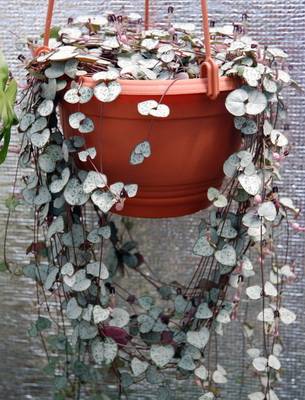
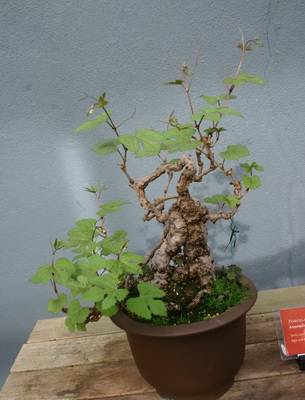
Ampel climbing plants. Vines
Plants with long hanging shoots are indispensable for interior decoration. The most modest in requests are the ubiquitous Tradescantia, which can be either monochromatic or striped-silvery leaves. Tradescantia multiplies easily and allows you to grow quite beautiful hanging baskets. To prevent the ends of the shoots from looking bare, they should be pinched more often. This plant loves humid air, with regular spraying, it will delight you with the brightest green colors of its leaves.
Hoya, a wax ivy that is adorned with small, wax-like flowers at the end of spring, can also be called easy to grow. Its shoots are easily capable of reaching a length of 4.5 m, but they require special support in the form of a lattice or stretched wire. Hoya can also be grown as an ampel.

 Ivy, so beloved in the last century, do not tolerate the dry air of apartments with central heating, in winter they need coolness, and in summer they need constant spraying, otherwise the ends of the leaves dry out and do not look aesthetically pleasing. Some types of ivy have special devices - air roots-suckers, which allow them to climb to a sufficient height, but Canary ivy requires support.
Ivy, so beloved in the last century, do not tolerate the dry air of apartments with central heating, in winter they need coolness, and in summer they need constant spraying, otherwise the ends of the leaves dry out and do not look aesthetically pleasing. Some types of ivy have special devices - air roots-suckers, which allow them to climb to a sufficient height, but Canary ivy requires support.
Tunbergia, which is not yet widespread in Russia, is also interesting. This plant, with bright orange and yellow flowers, is easily grown from seed, easily filling large areas with its stems with serrated leaves in a month. At the end of the season, the plant is simply thrown away to grow from seed again in the spring.
Leaves instead of flowers
Although the first variegated plants were isolated more than two centuries ago, their finest hour came in the last third of the 20th century. By this time, the variegated community had expanded so much that it became possible to create complete decorative compositions from them. It was found that variegated leaves have at least one, but a very significant advantage over flowers - the period of their decorativeness lasts exactly as long as the leaves live. That is, from the moment of their dissolution in early May until they fall in October.
This quality has been highly appreciated by European gardeners. Variegated plants became popular, and their varieties were literally snapped up.The increased demand for variegates stimulated breeders to develop new varieties, gave rise to a kind of "arms race", as a result of which the assortment of variegated leaves was replenished with many dozen new products.
And if at first the variegated did not spoil too much with a color variety, then over time varieties appeared that compete in brightness with flowers. Almost the entire color palette is now represented in their coloration, with the exception of a pure blue coloration.


